
The Kiryat Yovel section of Jerusalem is a seemingly serene urban glade, but in recent years, tension has grown in the area as more and more ultra-Orthodox families have bought up homes and apartments in what has historically been a majority secular neighborhood.
This shift in Kiryat Yovel is indicative of a greater trend in Jerusalem. As Oded Balilty’s photographs depict—here, and in the new issue of TIME—a more and more common visual element in Jerusalem is jet black fabric.
Jerusalem is rapidly becoming a city of ultra-Orthodox, the intensely observant Jews whose entire lives are devoted to studying Torah, and living by the rules it dictates, as interpreted by the rabbi who leads their specific sect, and issues the dress code. They are the fastest growing population in Israel today and in 20 years, demographers say, the ultra-Orthodox will account for 1 in 5 Israelis.
Historically, the movement known in Hebrew as haredi—or trembling, as in God-fearing—flowed from the summary rejection of the Enlightenment by charismatic clerics in Eastern Europe. Their edicts on attire, hair style and separation of the sexes lend a preserved-in-amber quality to ultra-Orthodox neighborhoods, which in broad terms simply reject modernity—the movement so many prominent Jews (think: Spinoza) did so much to usher in. Housing shortages have pushed the ultra-Orthodox into neighborhoods across the city, but the places they have lived longest, near Jerusalem’s downtown core, tend to be run down. In large part, that’s because ultra-Orthodox tend to be poor, with an average of seven children and a father who studies at a yeshiva all day, rather than working for wages. But it’s not only a matter of money.
Pre-occupied with the Next World, “they practice anti-aestheticism; they don’t consider aesthetics important,” says Menachem Friedman, a Bar Ilan University professor who devoted his career to studying ultra-Orthodox and marvels at their growing power.
“I remember in my childhood, symbols of religion, like sidelocks, was something you had to be ashamed of,” says Friedman, 76 this year. “Most of the rabbis shaved. You had to be modern. You had to adjust yourself to the world. Not any more.”
Karl Vick is TIME’s Jerusalem bureau chief.
Oded Balilty is a Pulitzer-Prize winning photographer for the Associated Press based in Tel Aviv. LightBox featured his work earlier this year in The Art of Storytelling, The Stone Throwers of Palestine and The Ultimate Prize Fighters: Practicing Peace through Boxing in Israel.
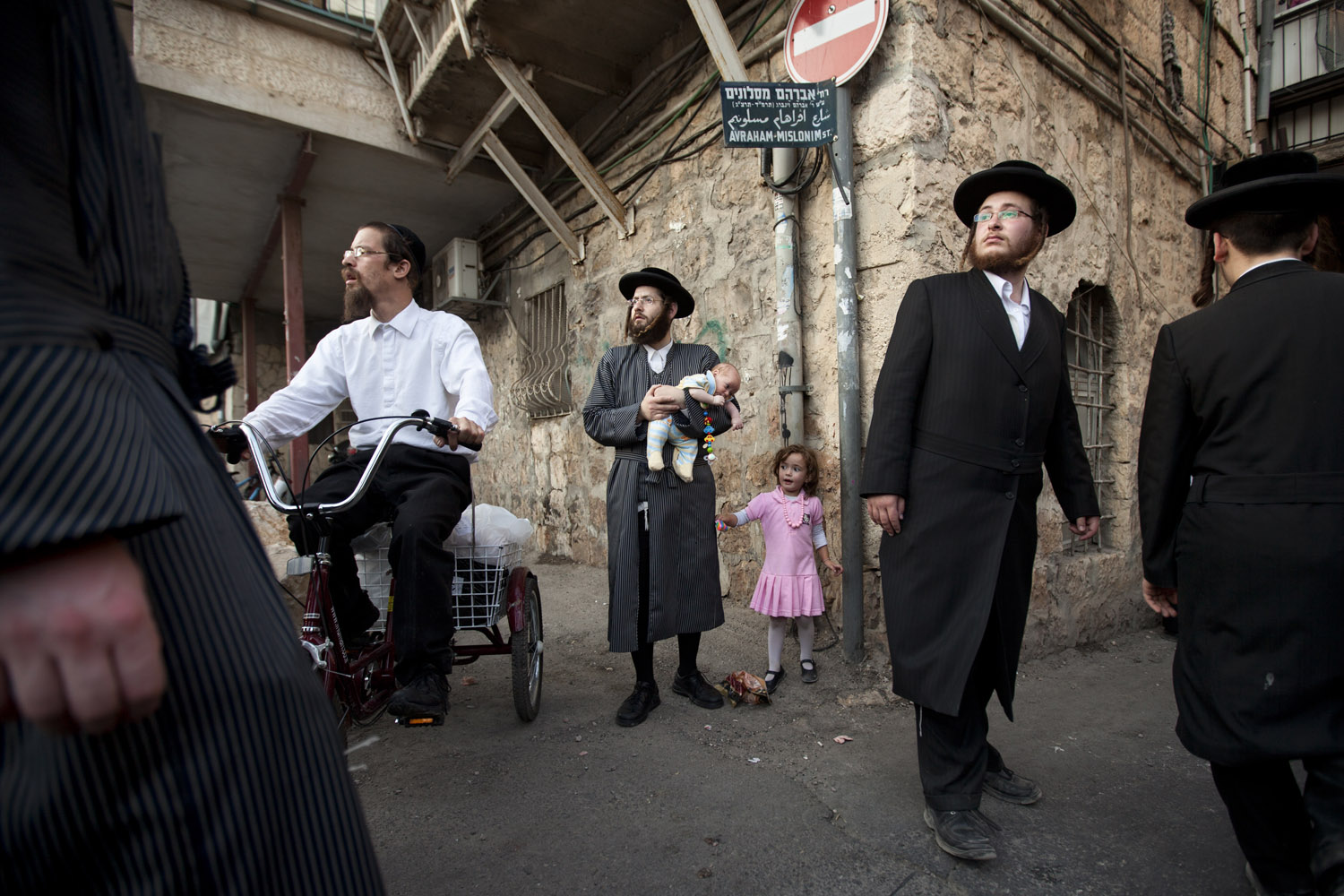

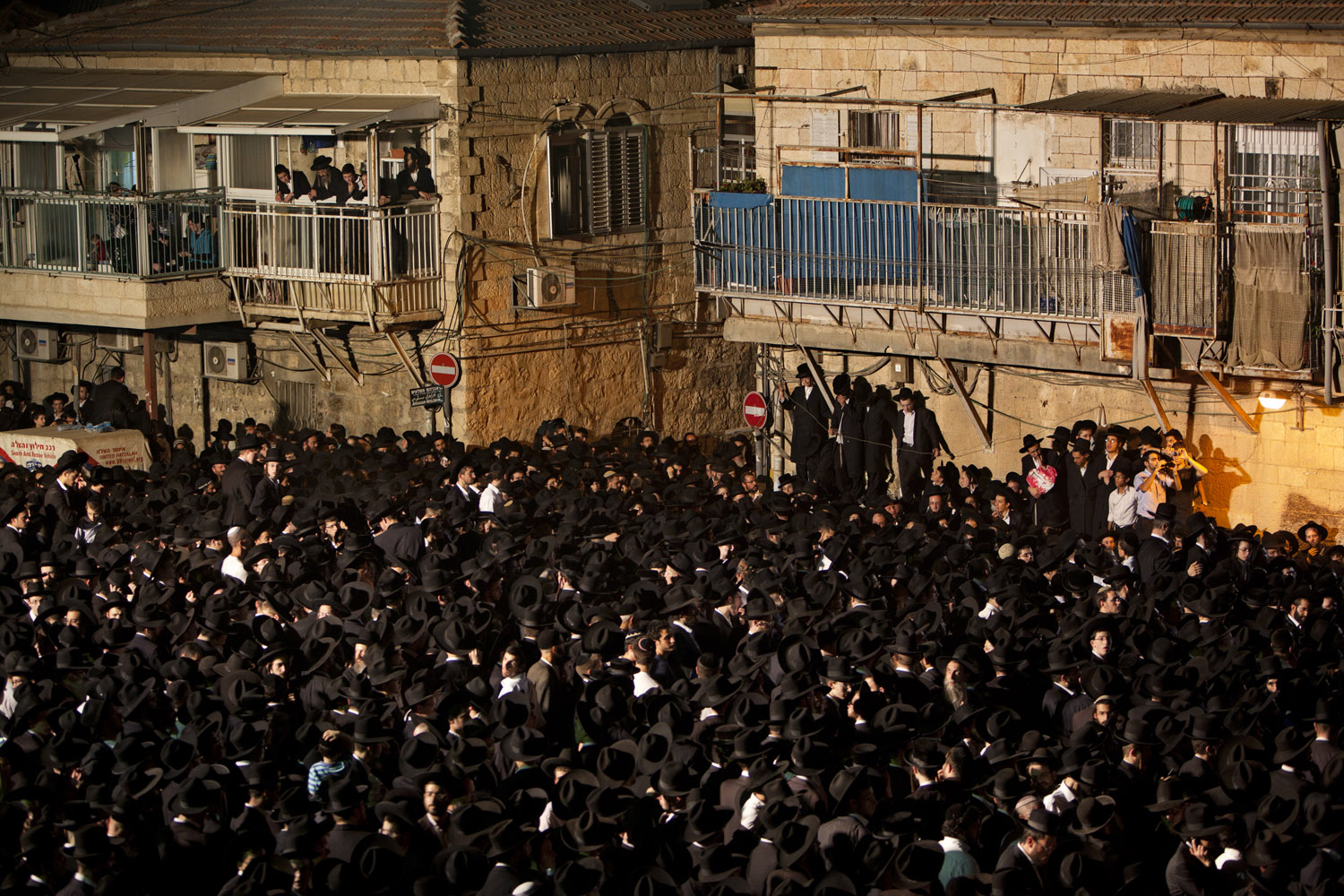
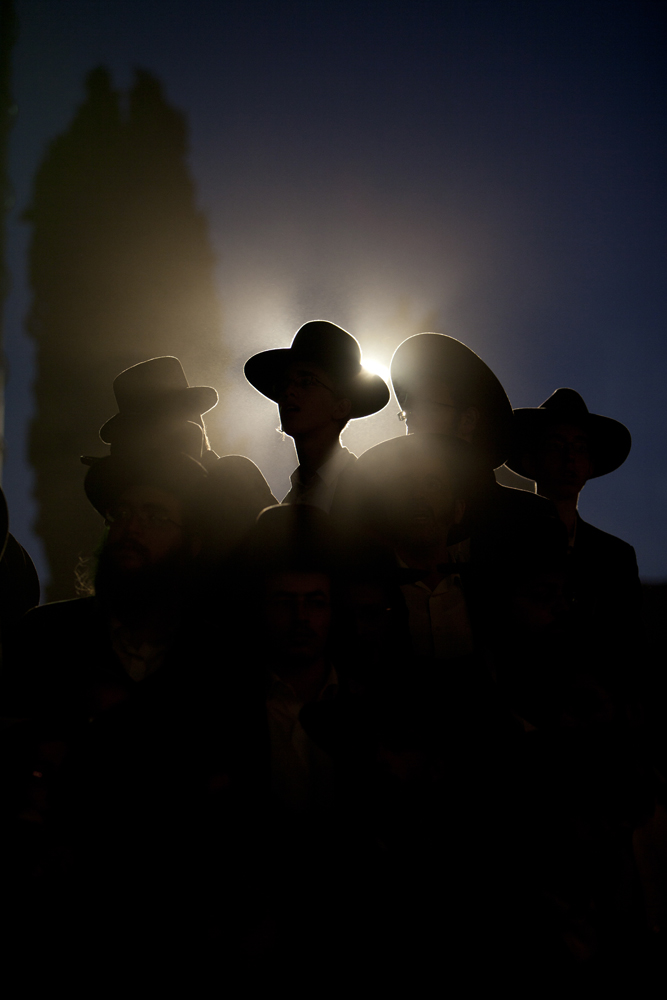

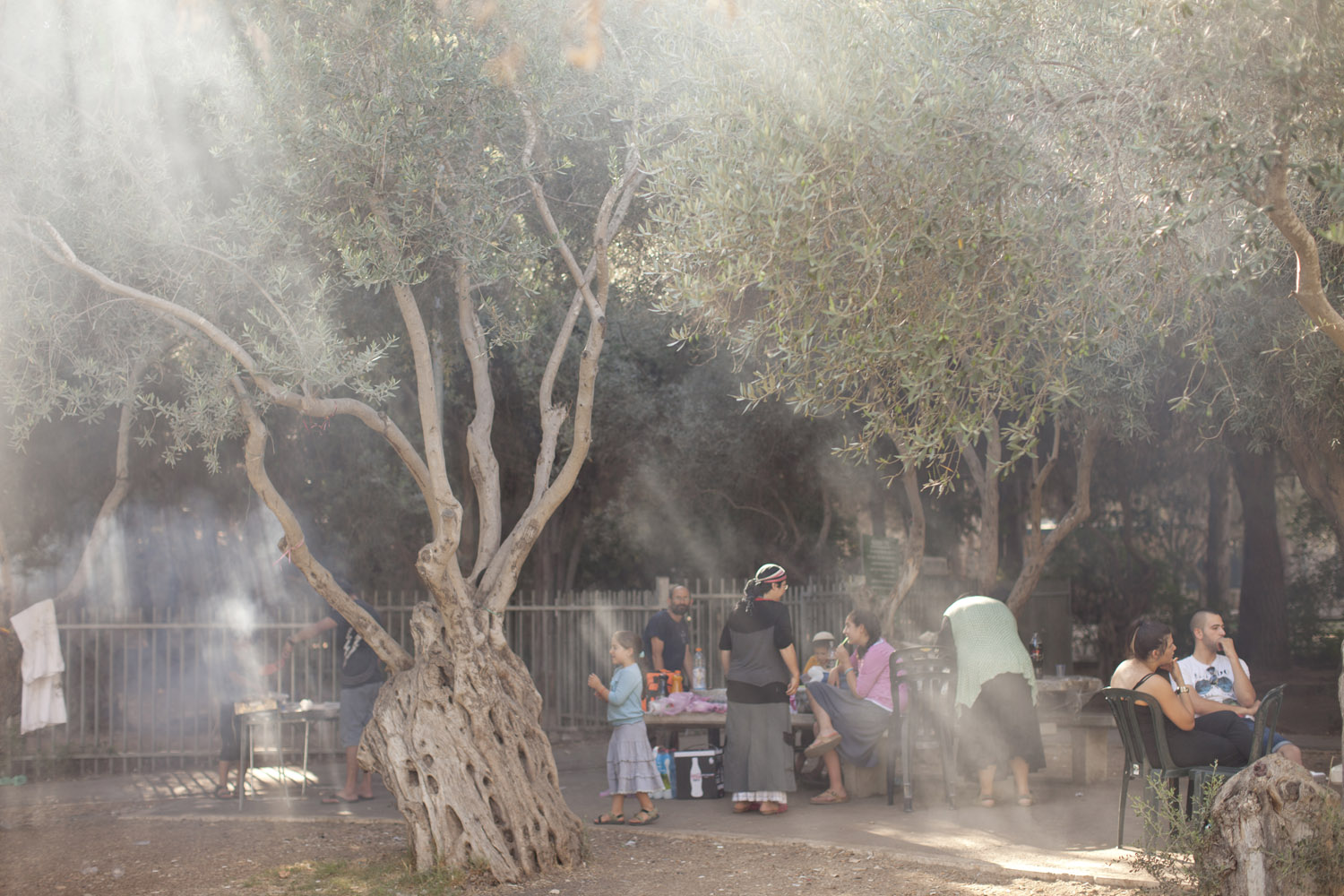
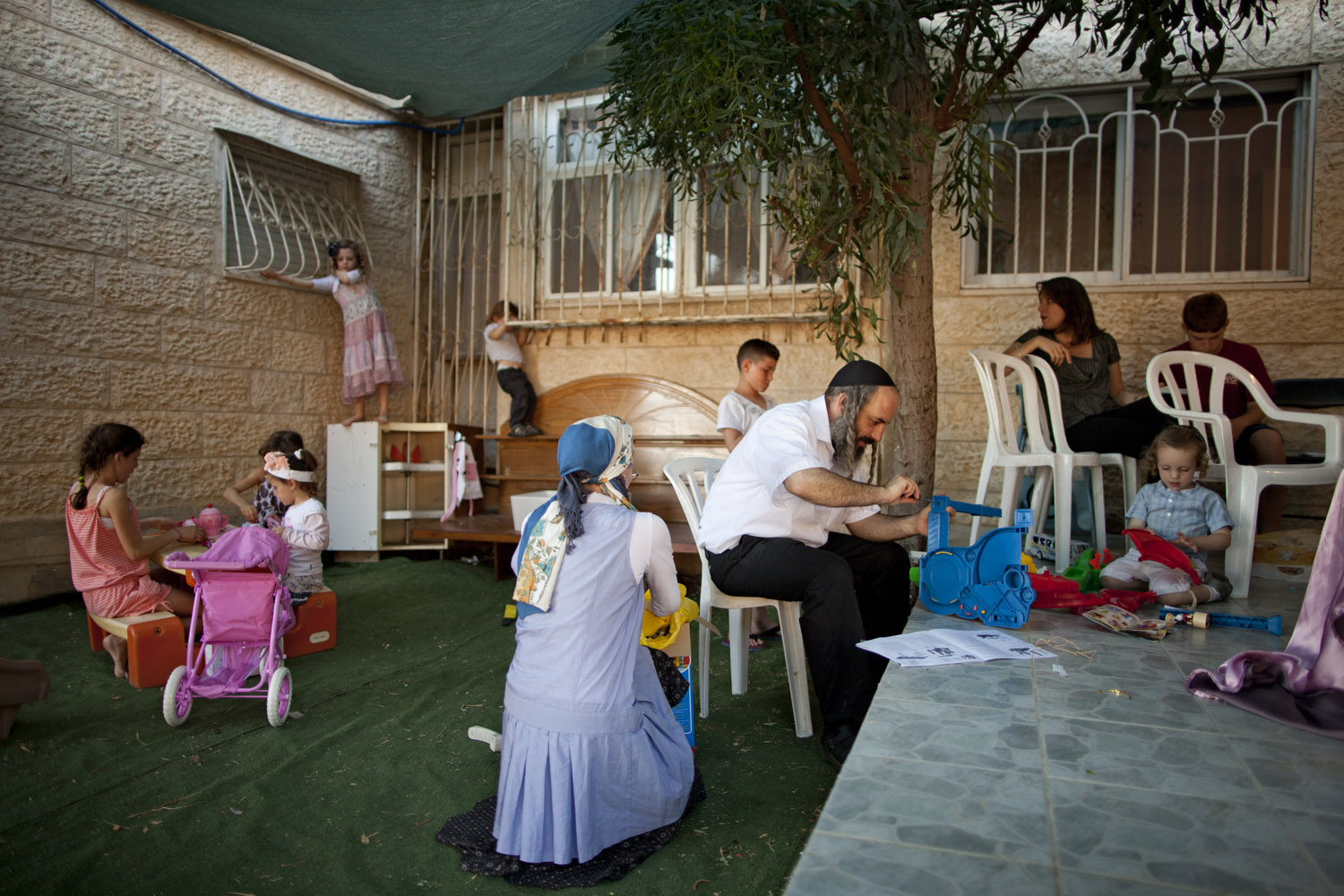

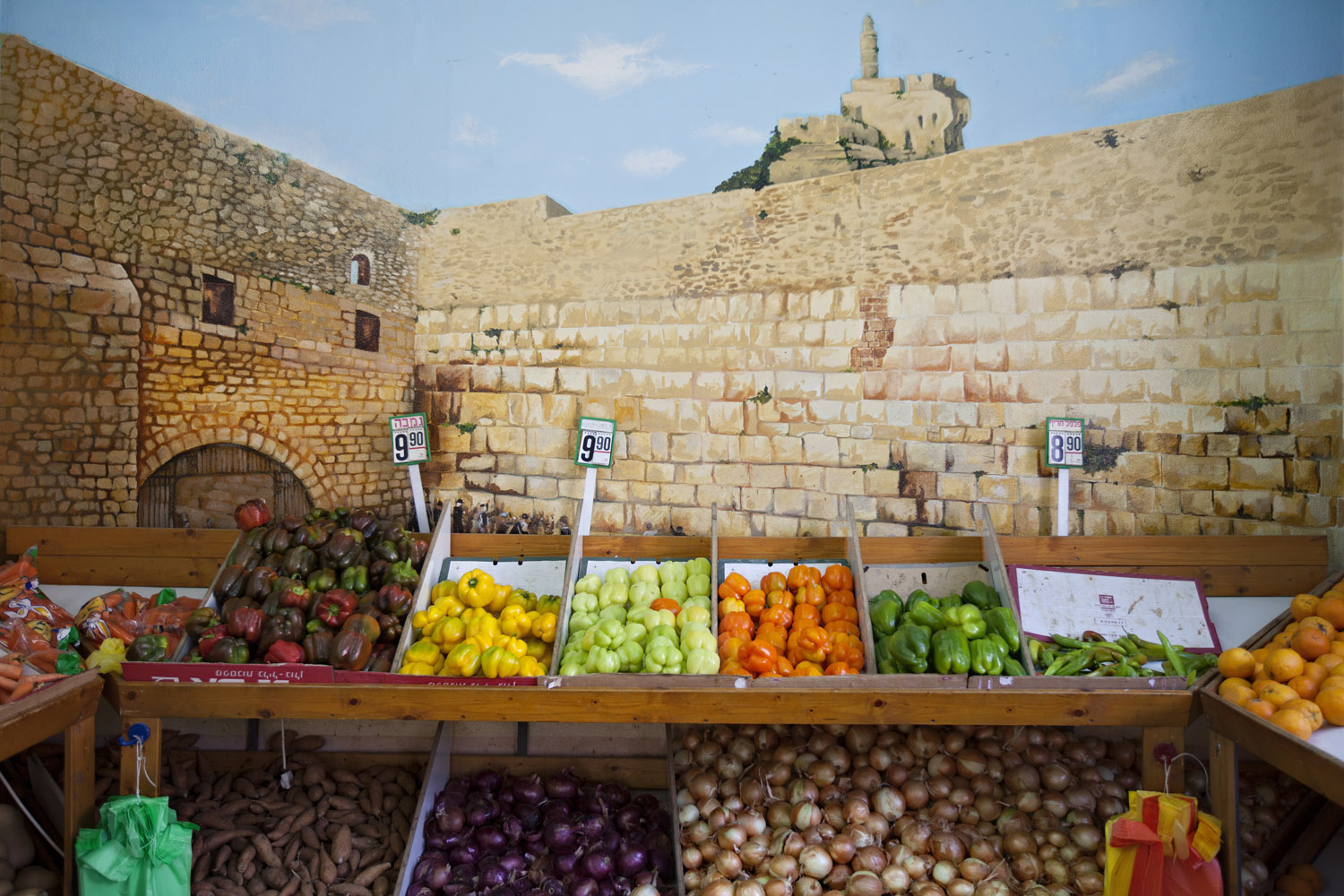
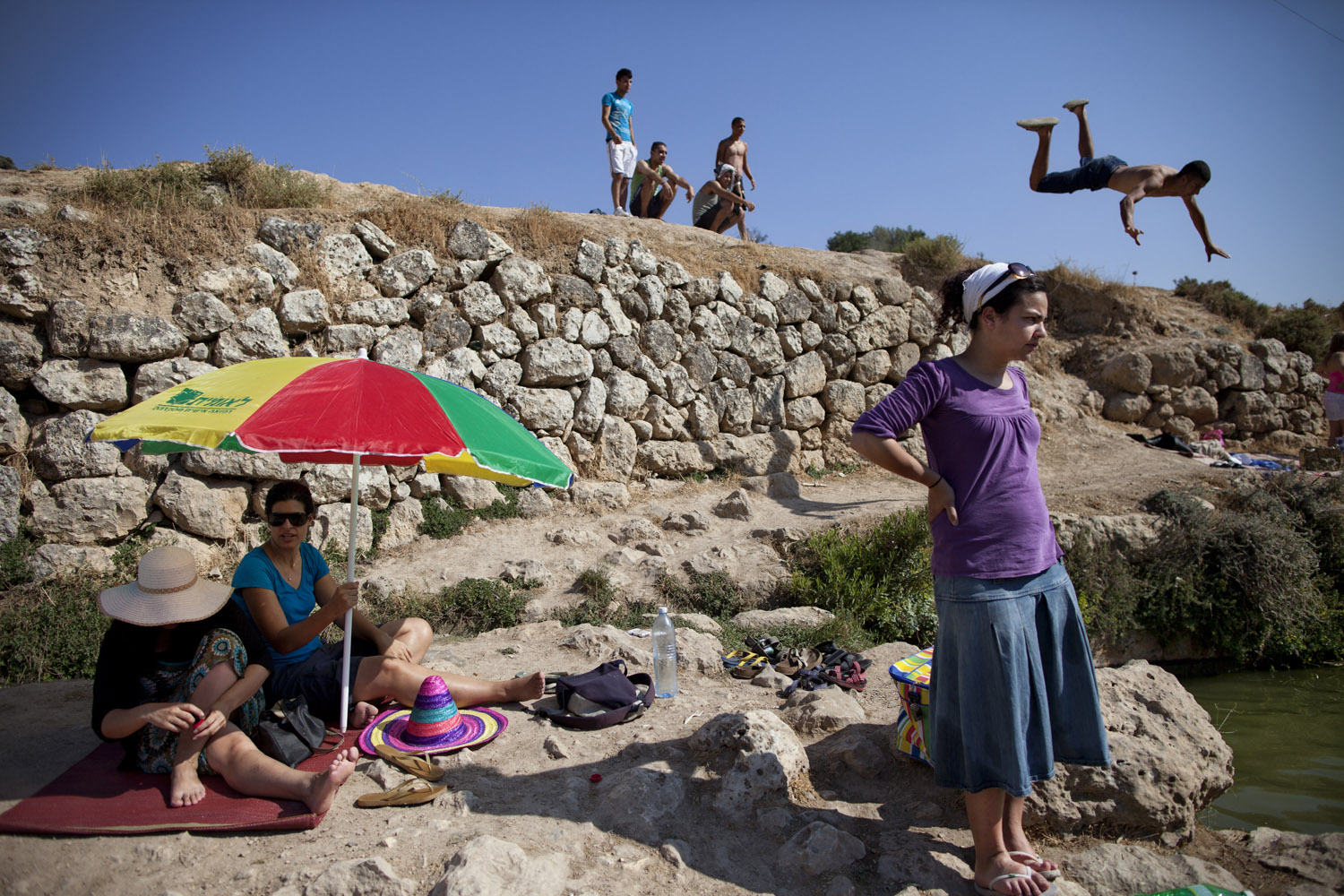

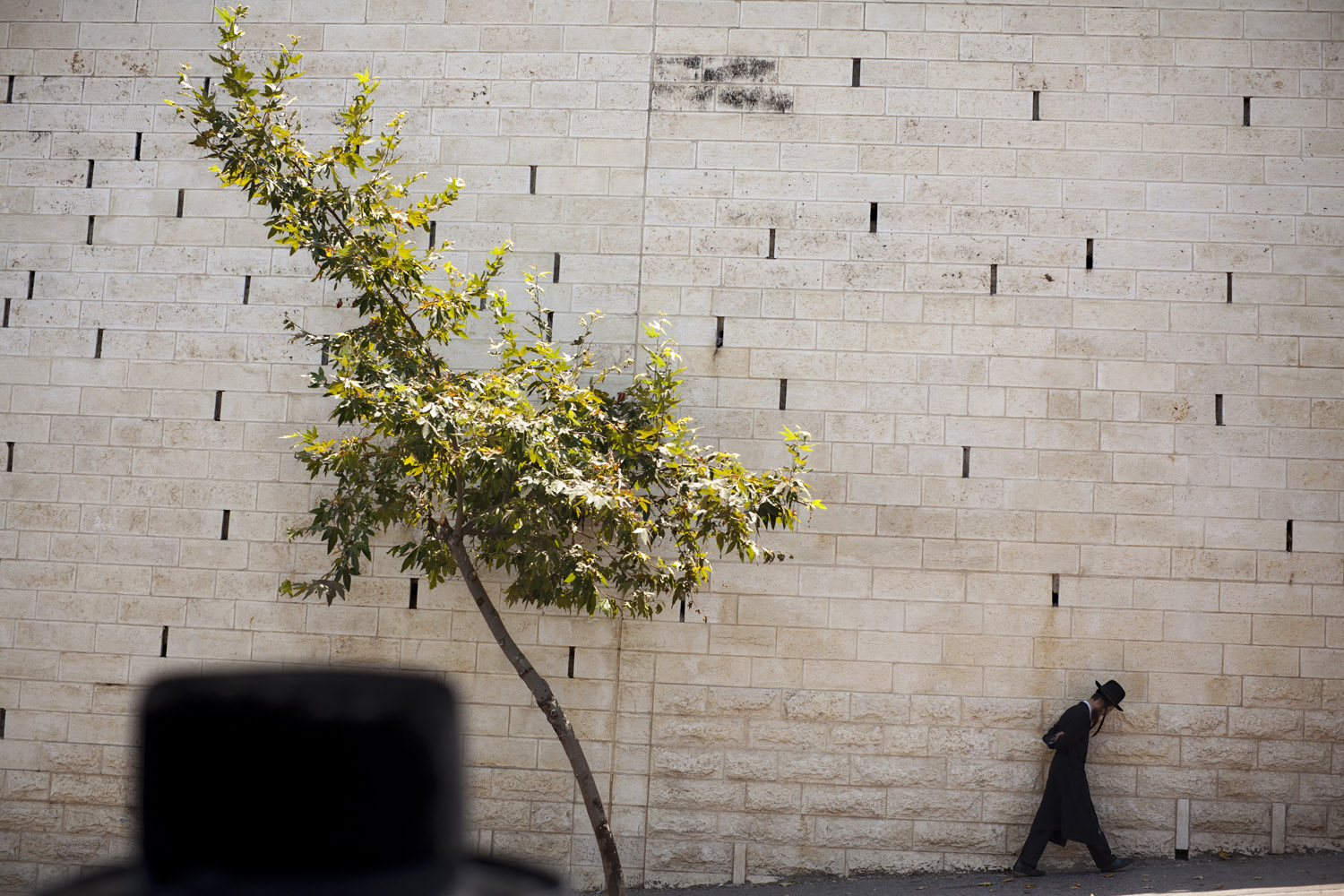
More Must-Reads from TIME
- Donald Trump Is TIME's 2024 Person of the Year
- Why We Chose Trump as Person of the Year
- Is Intermittent Fasting Good or Bad for You?
- The 100 Must-Read Books of 2024
- The 20 Best Christmas TV Episodes
- Column: If Optimism Feels Ridiculous Now, Try Hope
- The Future of Climate Action Is Trade Policy
- Merle Bombardieri Is Helping People Make the Baby Decision
Contact us at letters@time.com